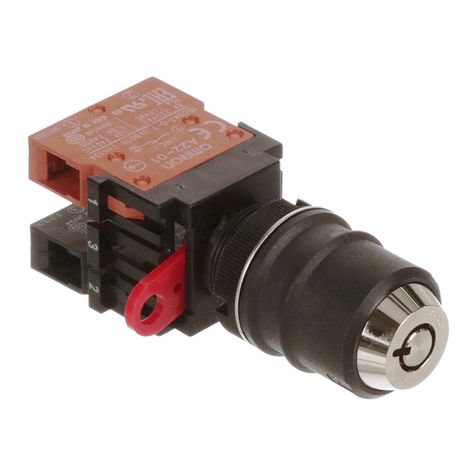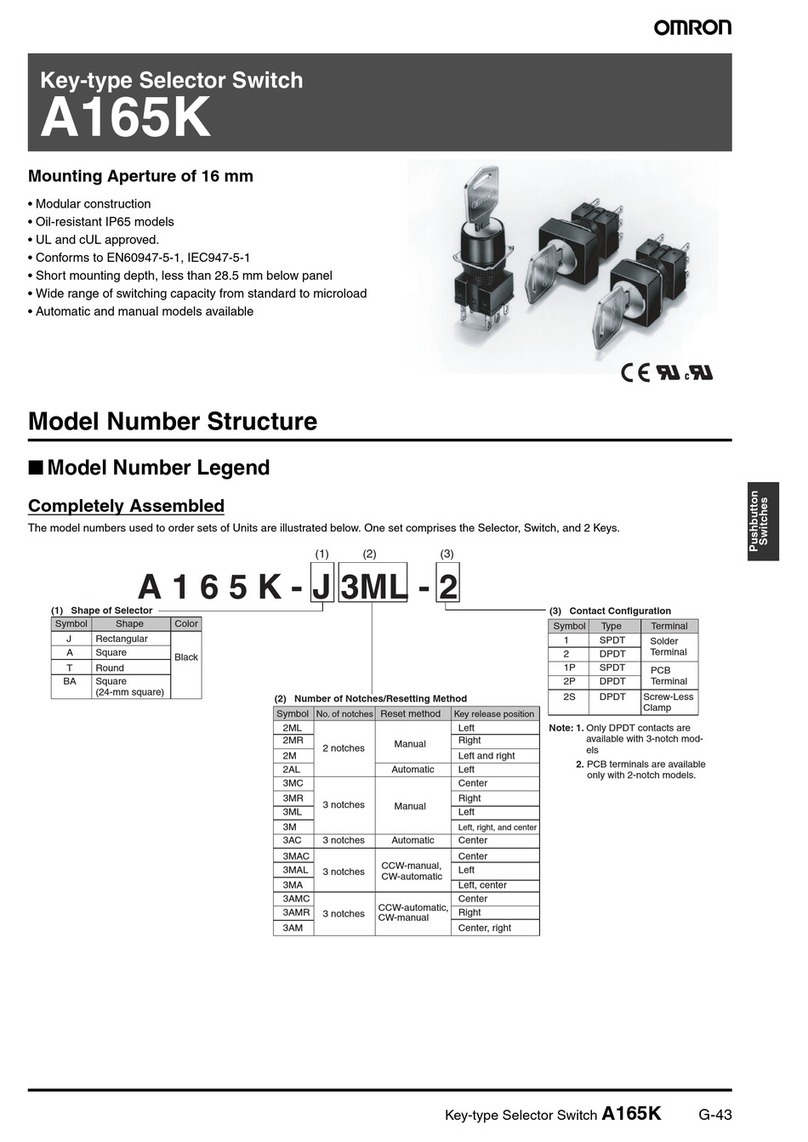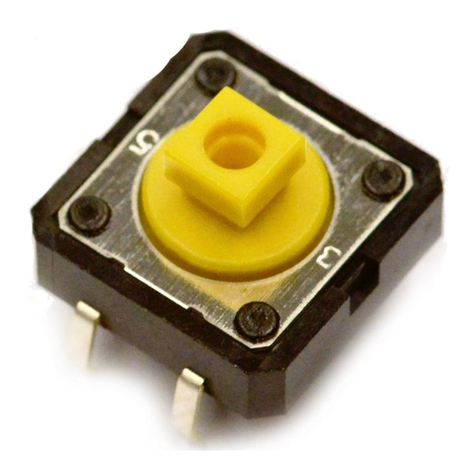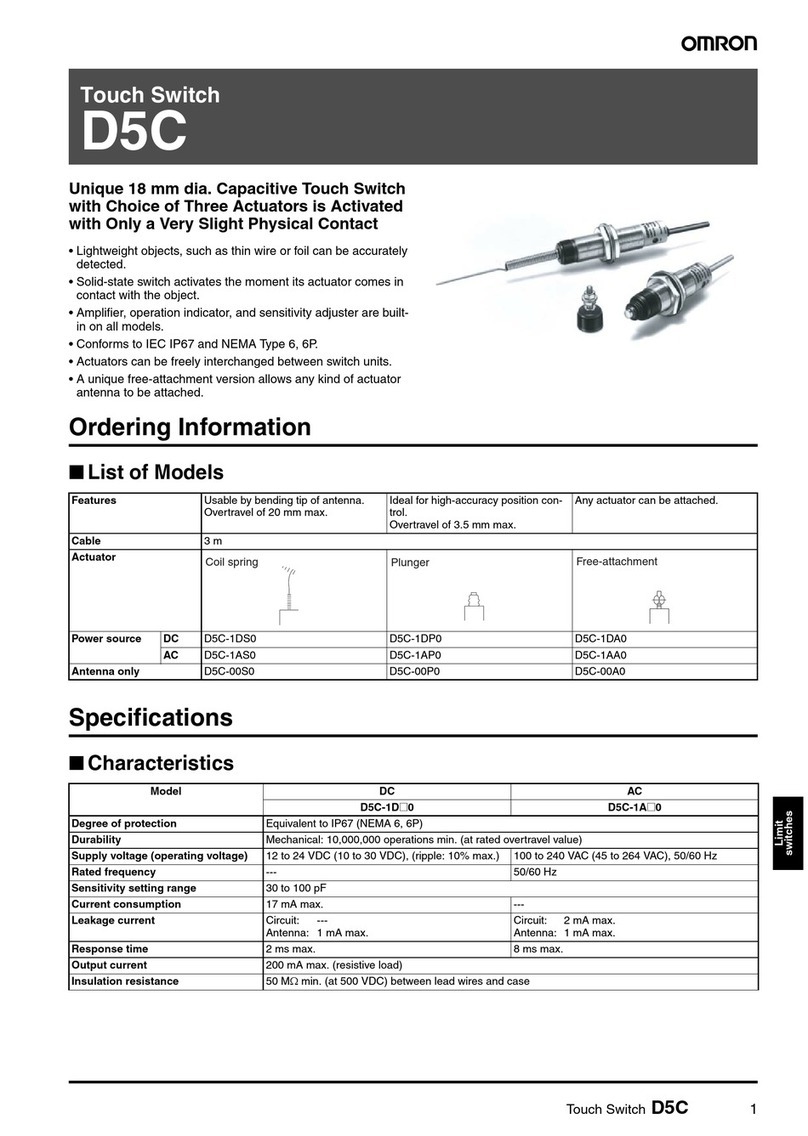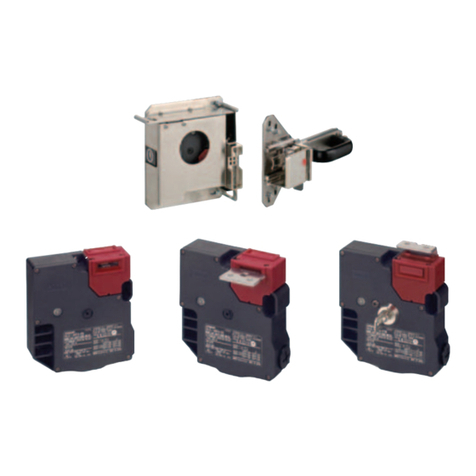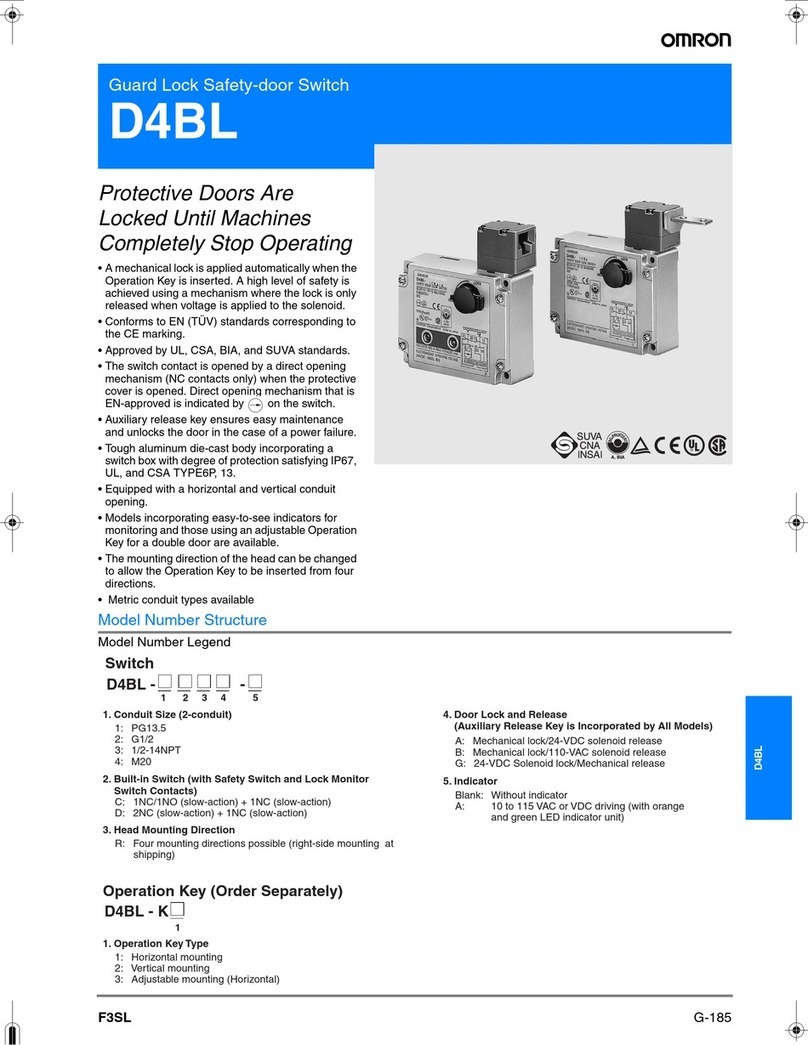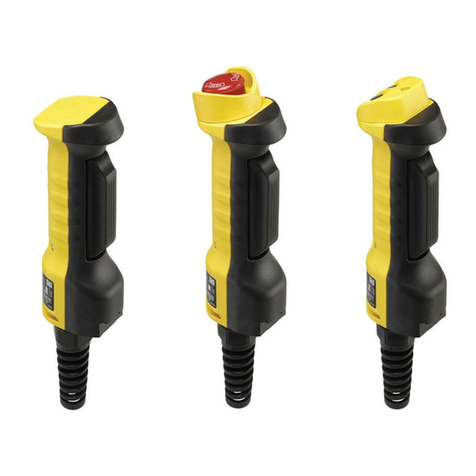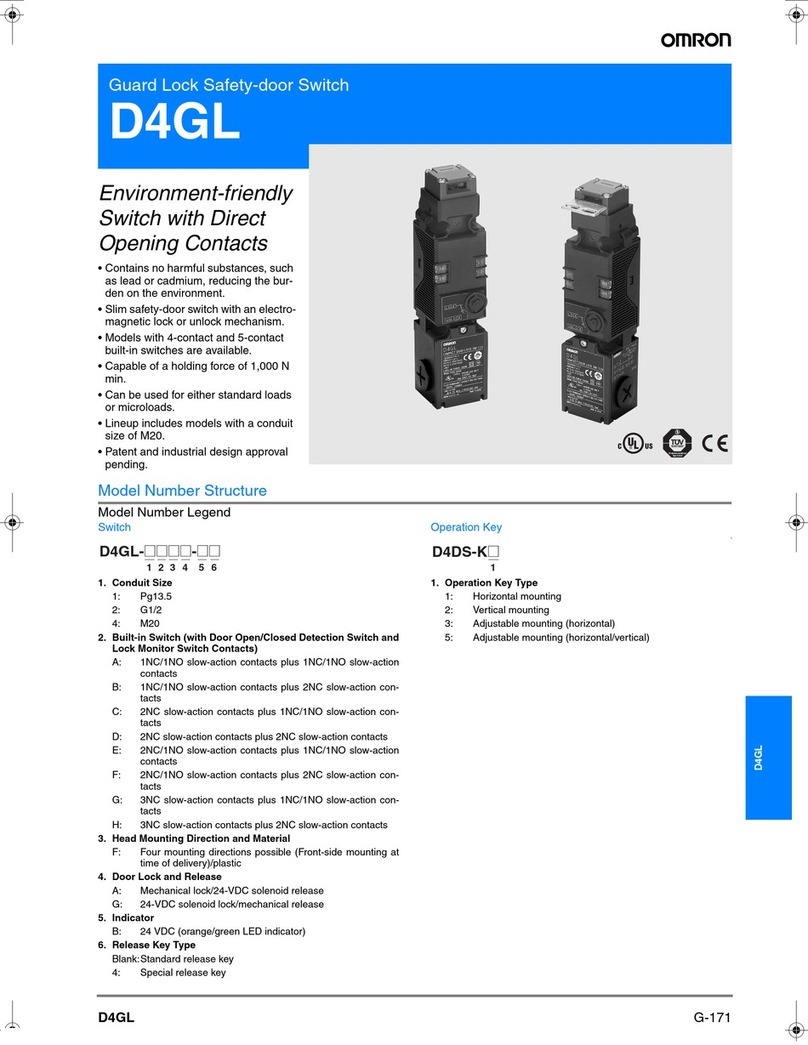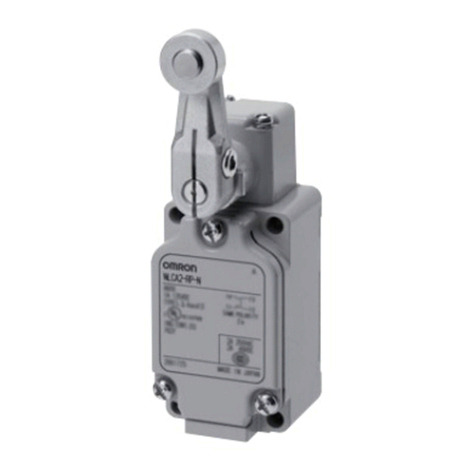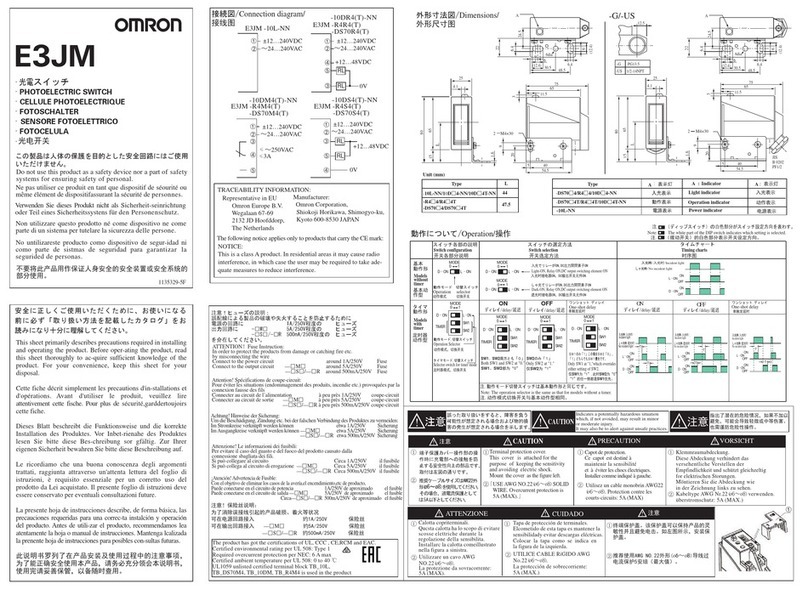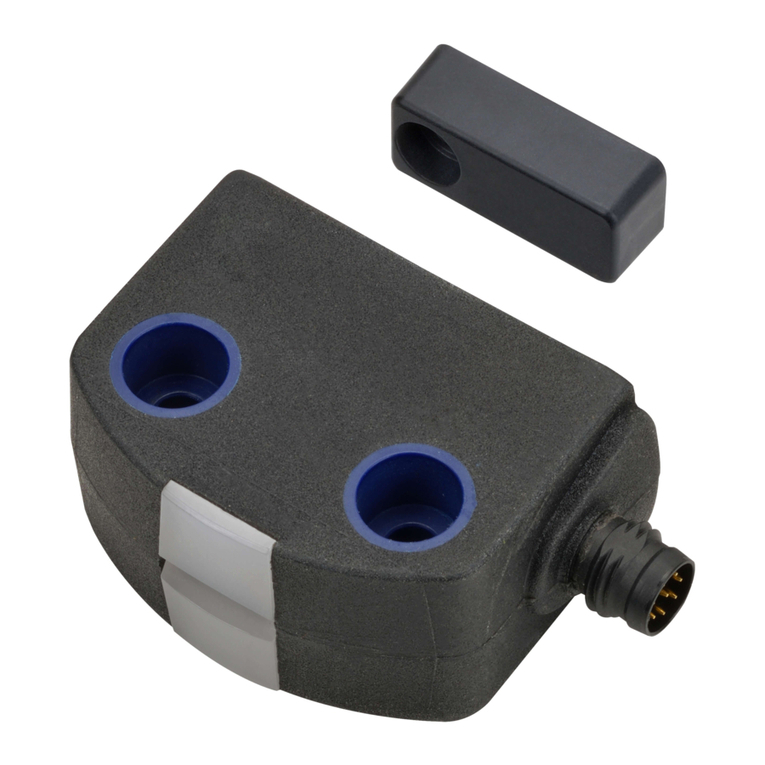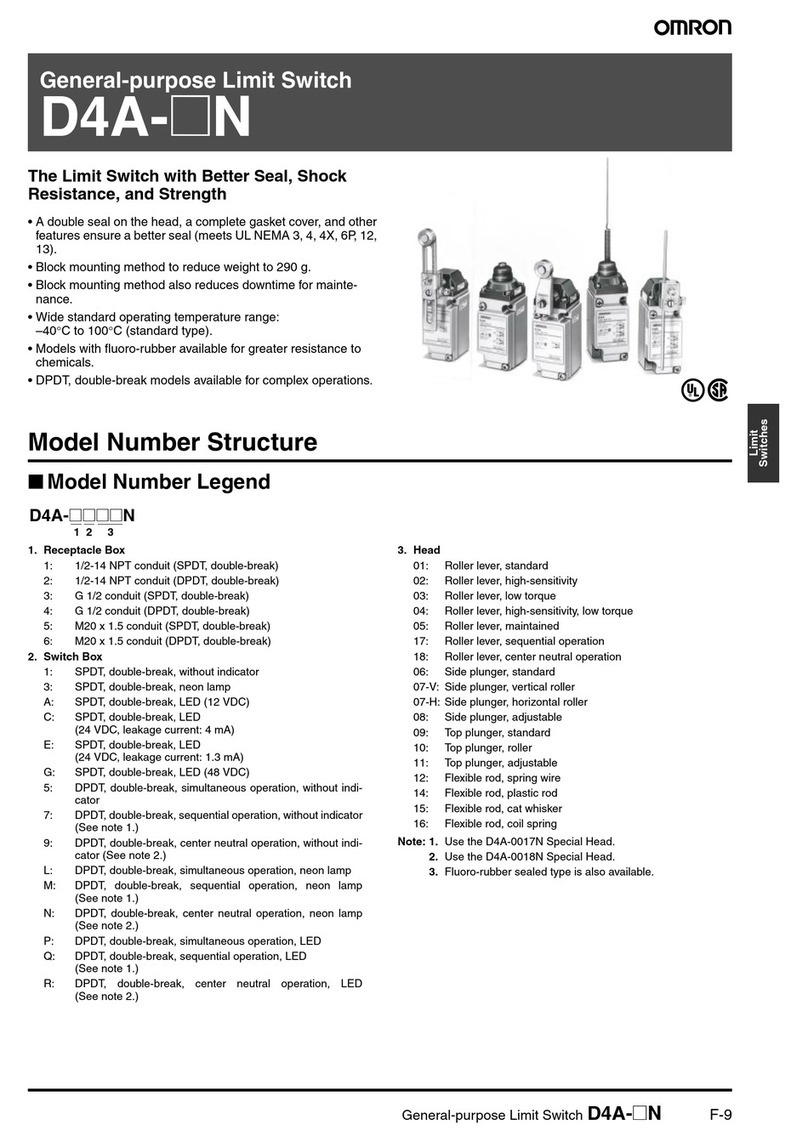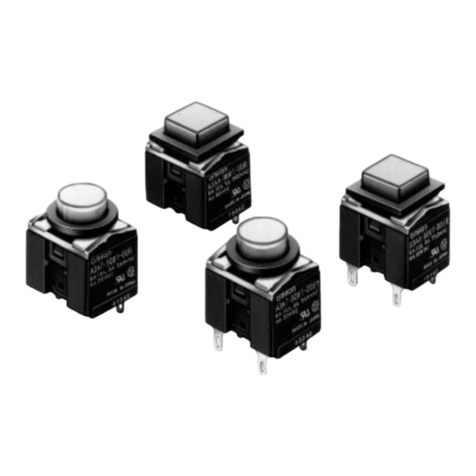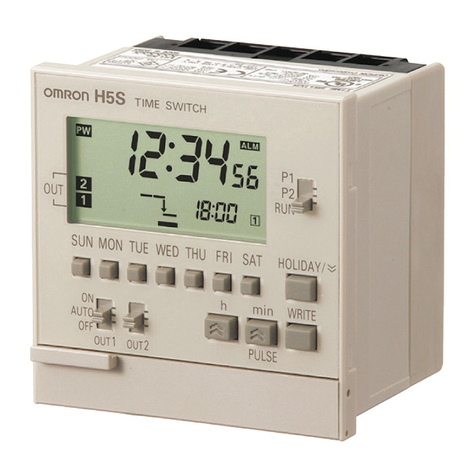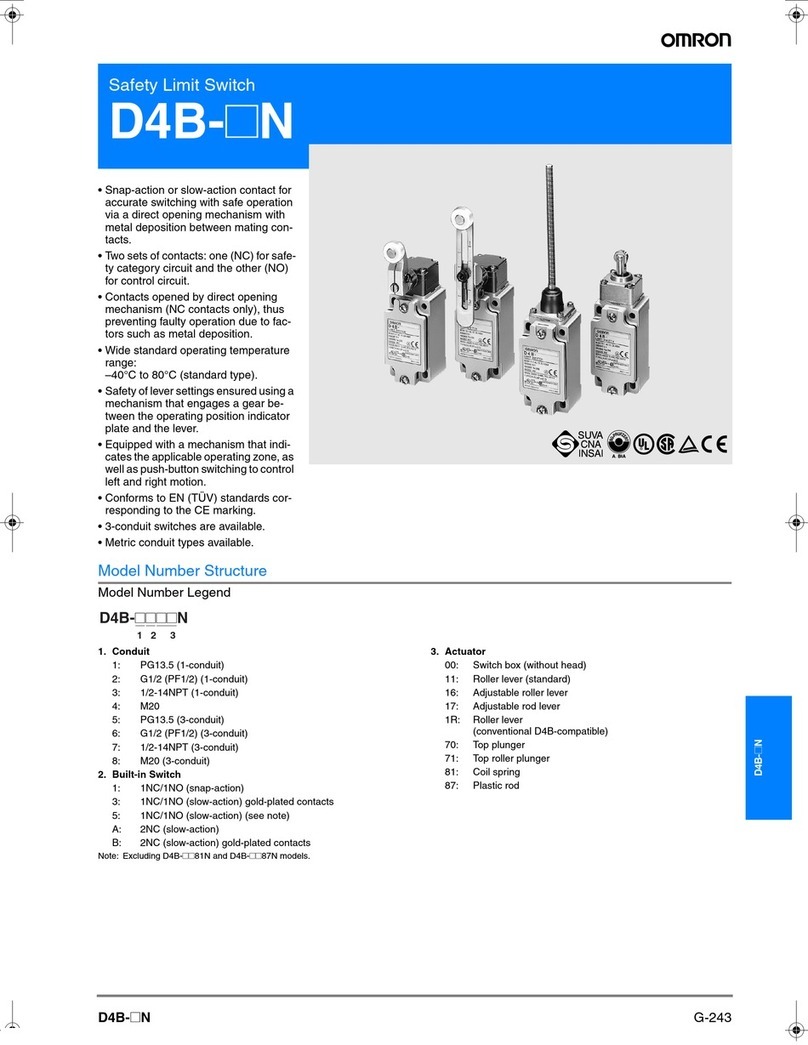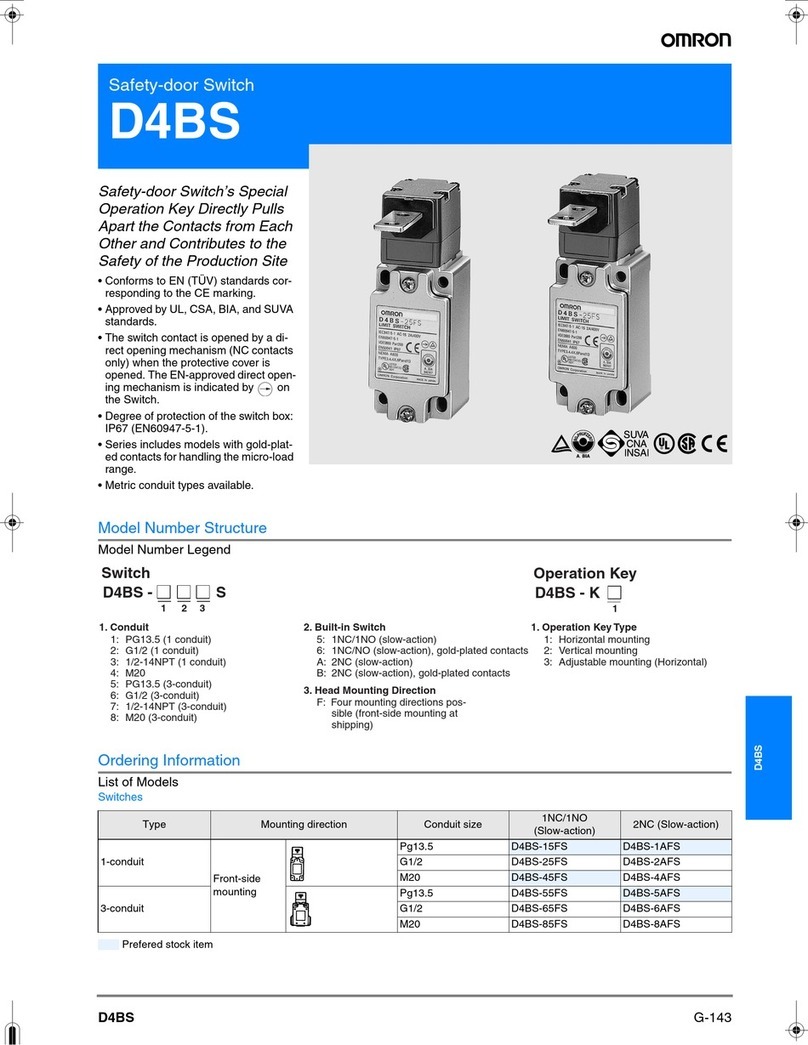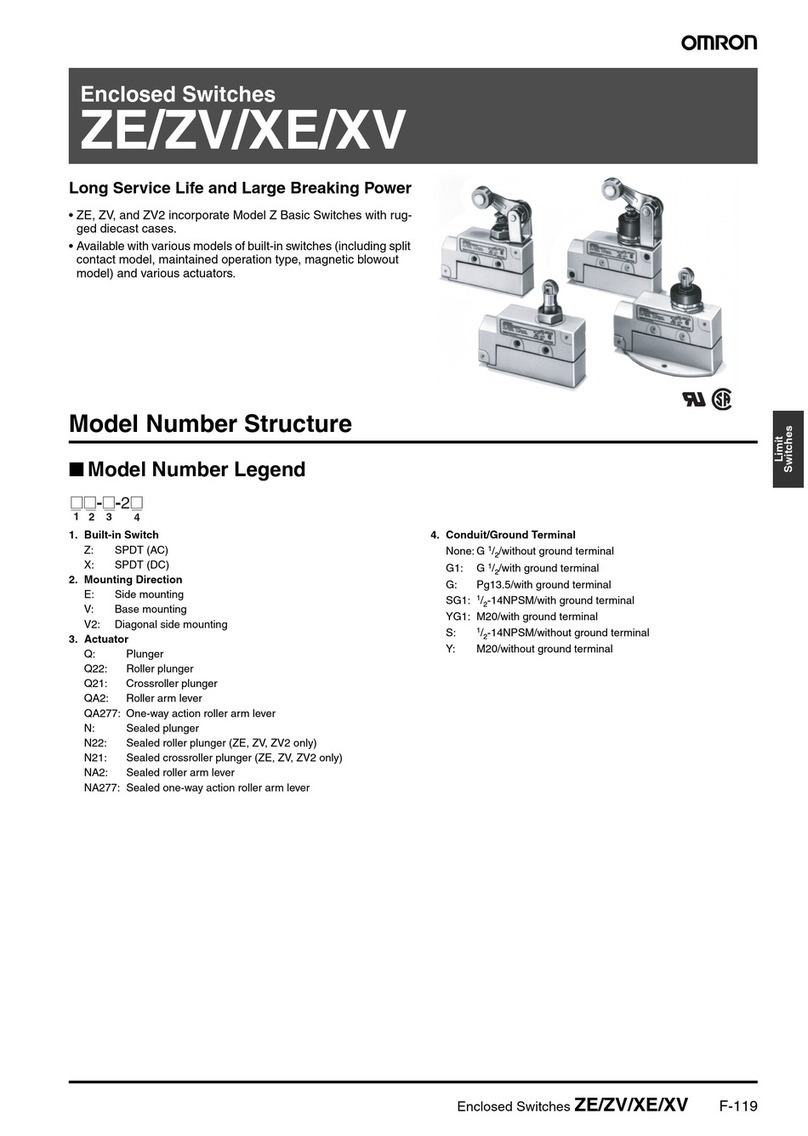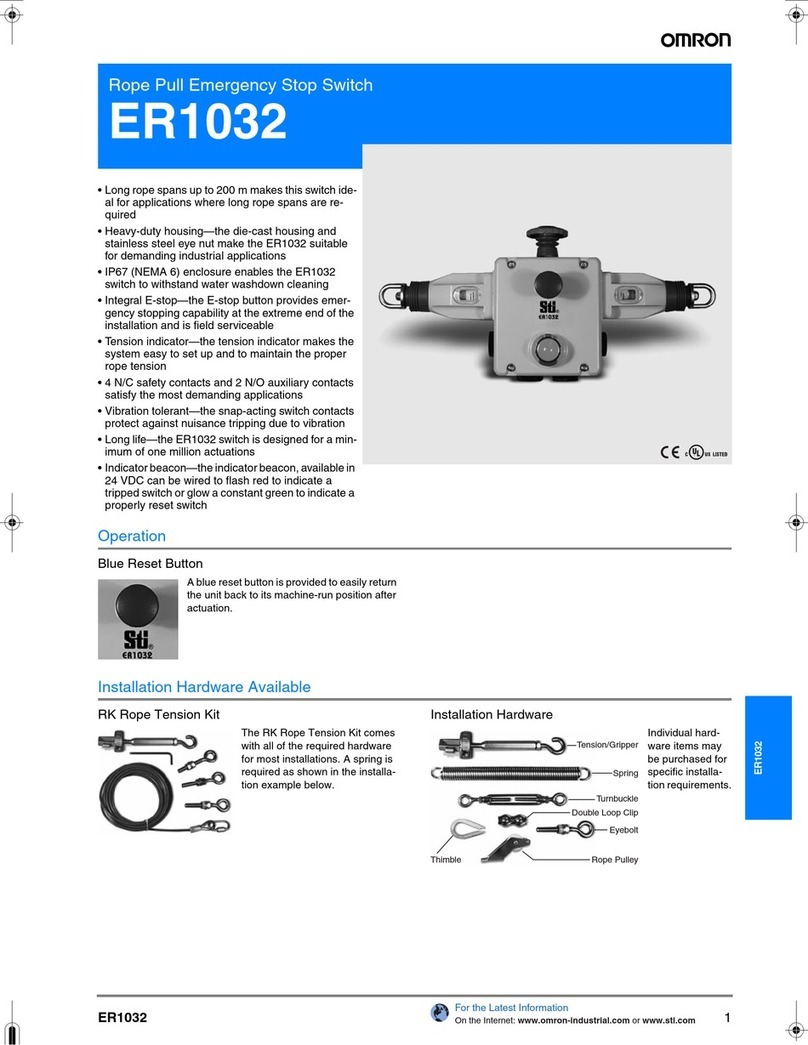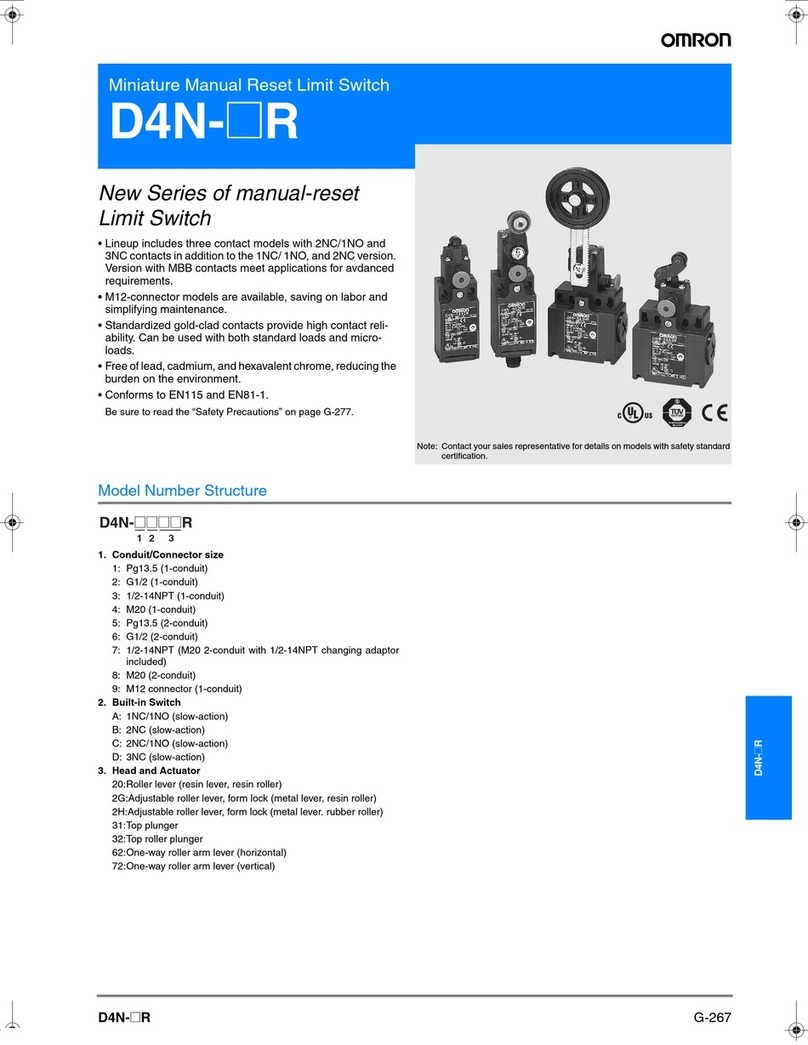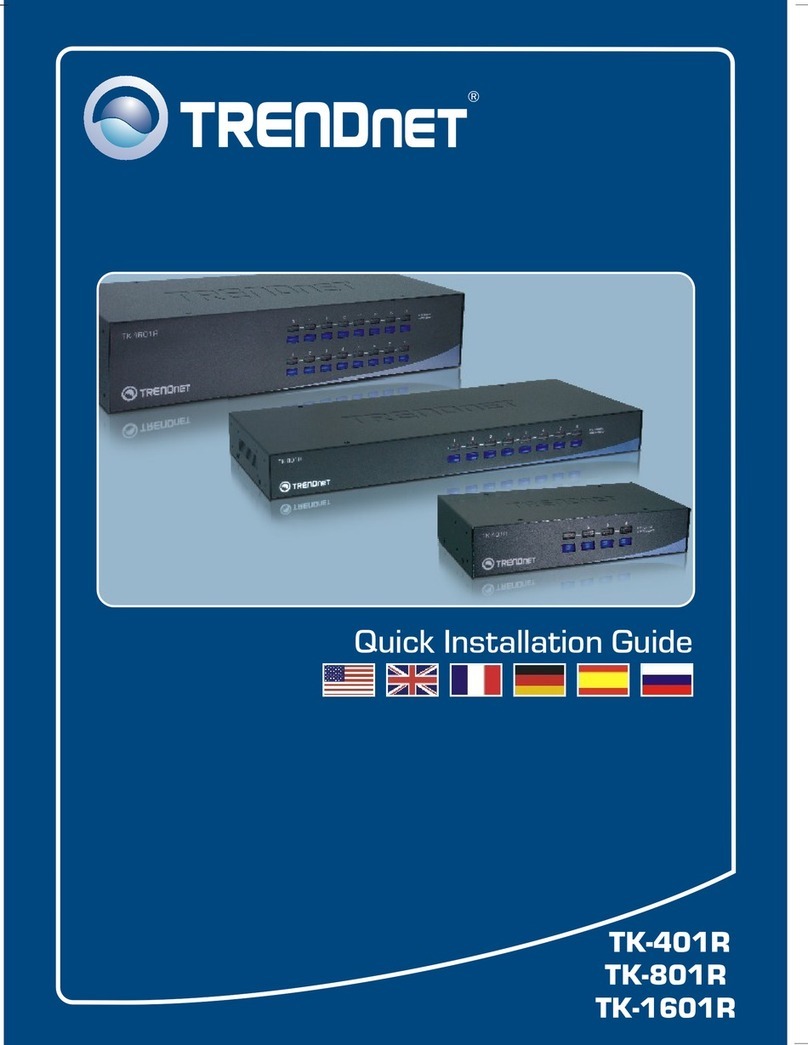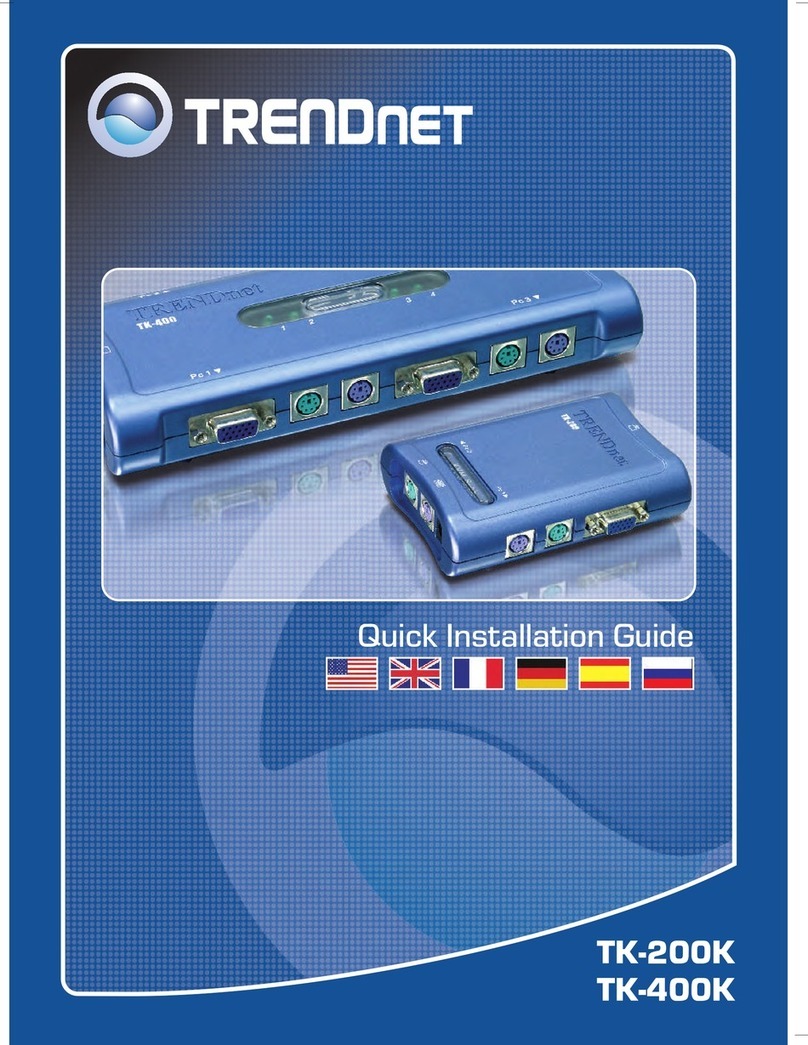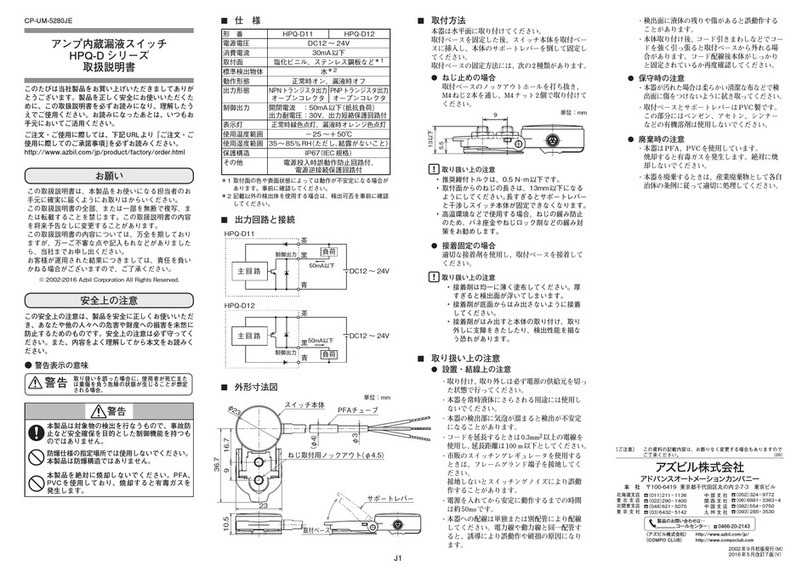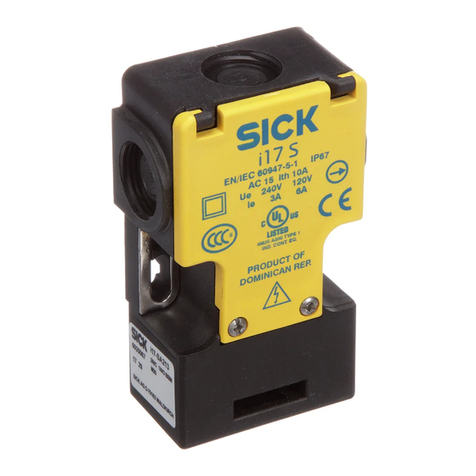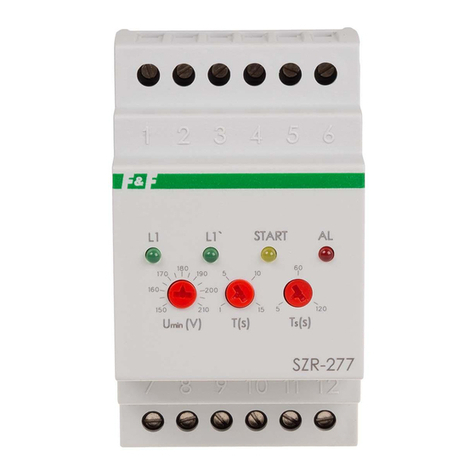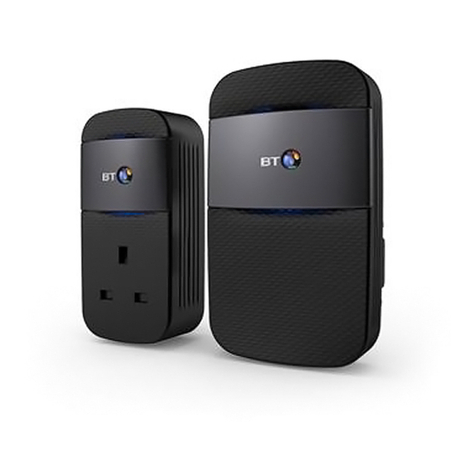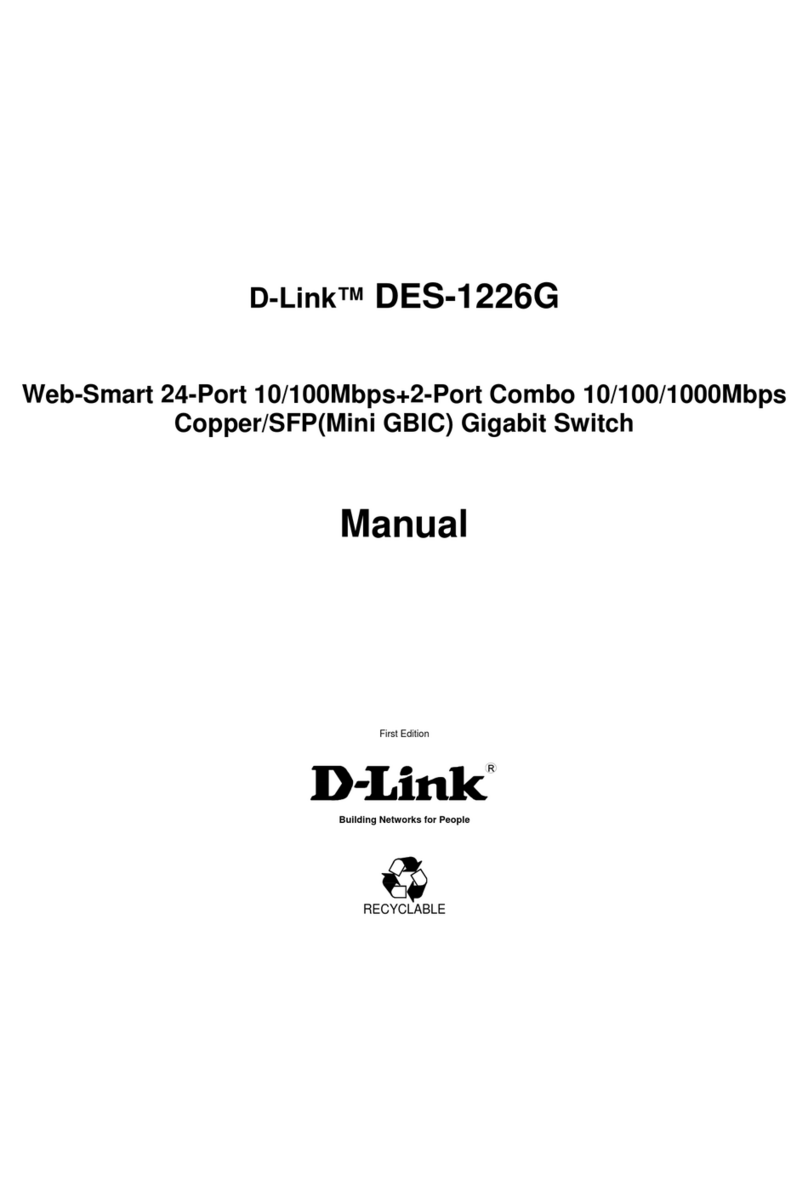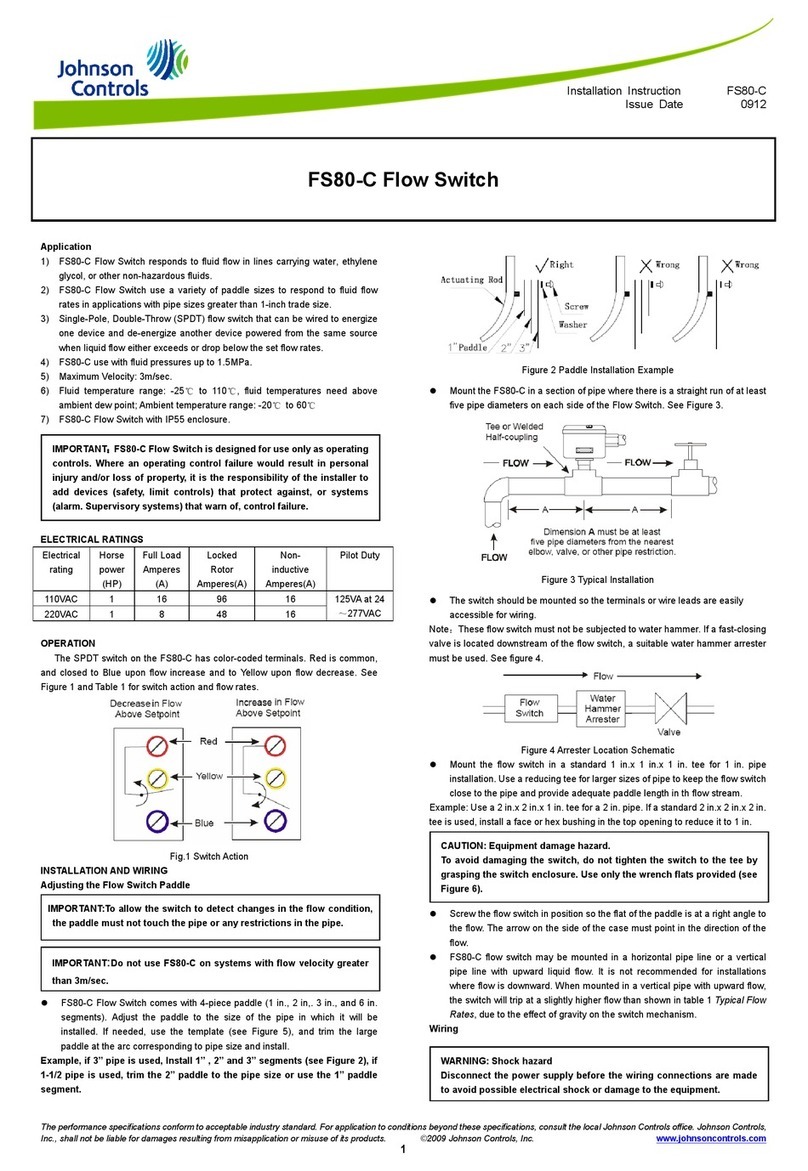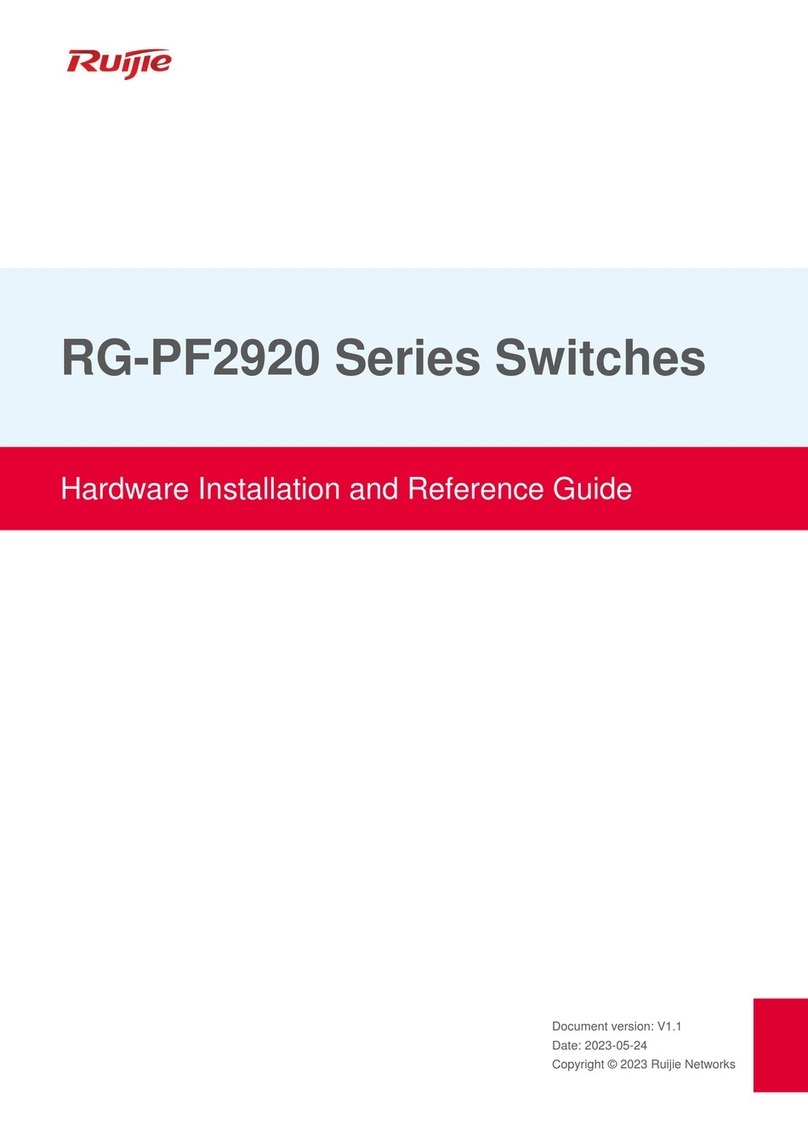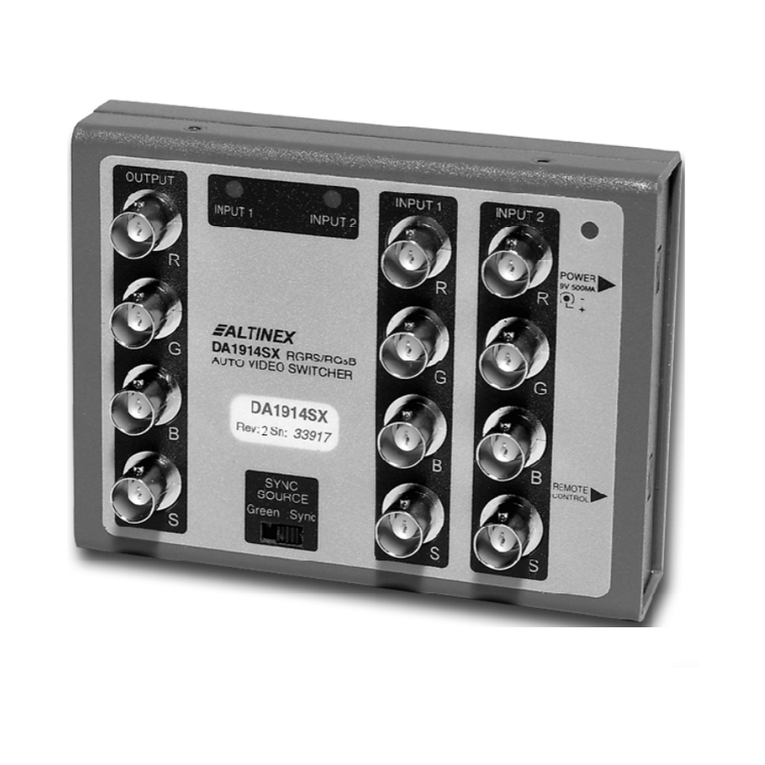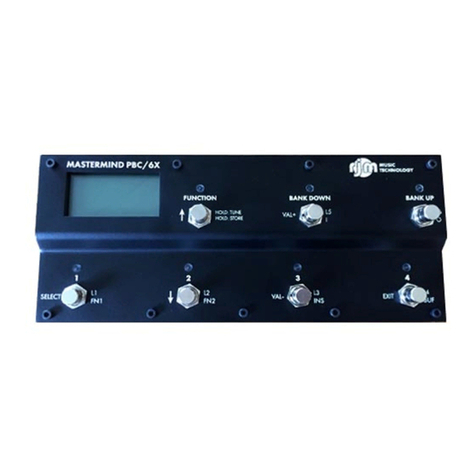
General Information General Information
27
Contact Protective Circuit
Apply a contact protective circuit (surge killer) to extend contact du-
rability, prevent noise, and suppress the generation of carbide or ni-
tric acid due to arc. Be sure to apply the contact protective circuit
properly, otherwise an adverse effect may result. Some typical
examples of contact protective circuit are described in the following
table.
When a switch is used under high humidity, arcs resulting from cer-
tain types of load (e.g., inductive loads) will generate nitrious oxides
and, with mater the nitrious oxides will become nitric acid, which will
corrode internal metal parts and may cause malfunctions. Always
use a contact protective circuit according to information provided in
the following table when using a switch under circuit conditions of
frequent switching and arcing.
The use of a contact protective circuit may delay the response time
of the load.
Typical Examples of Contact Protective Circuits (Surge Killers)
Circuit example Applicable
current Feature Element selection
AC DC
CR
circuit
Power
supply
Inductive
load
See
note. Yes Note: When AC is switched, the
load impedance must be low-
er than the C and R imped-
ance.
C: 0.5 to 1 µF per switching current (1 A)
R: 0.5 to 1 Ωper switching voltage (1 V)
The values may change according to the
characteristics of the load.
The capacitor suppresses the spark
discharge of current when the contacts are
open. The resistor limits the inrush current
when the contacts are closed again.
Consider these roles of the capacitor and
resistor and determine the ideal
Inductive
load
Power supply
Yes Yes The operating time will increase if the
load is a relay or solenoid.
It is effective to connect the CR circuit
in parallel to the load when the power
supply voltage is 24 or 48 V and in
parallel to the contacts when the
power supply voltage is 100 to 200 V.
capacitance and resistance values from
experimentation.
Use a capacitor with a dielectric strength
between 200 and 300 V. When AC is
switched, make sure that the capacitor has
no polarity.
If, however, the ability to control arcs
between contacts is a problem for high DC
voltage, it may be more effective to
connect a capacitor and resistor between
the contacts across the load. Check the
results by testing in the actual application.
Diode
method
Power supply
Inductive
load
No Yes Energy stored in the coil is changed
into current by the diode connected in
parallel to the load. Then the current
flowing to the coil is consumed and
Joule heat is generated by the
resistance of the inductive load. The
reset time delay in this method is
longer than that of the CR method.
The diode must withstand a peak inverse
voltage 10 times higher than the circuit
voltage and a forward current as high as or
higher than the load current.
Diode
and
Zener
diode
method
Power supply
Inductive
load
No Yes This method will be effective if the
reset time delay caused by the diode
method is too long.
Zener voltage for a Zener diode must be
about 1.2 times higher than the power
source since the load may not work under
some circumstances.
Varistor
method
Power supply
Inductive
load
Yes Yes This method makes use of
constant-voltage characteristic of the
varistor so that no high-voltage is
imposed on the contacts. This method
causes a reset time delay more or
less. It is effective to connect varistor
in parallel to the load when the supply
voltage is 24 to 48 V and in parallel to
the contacts when the supply voltage
is 100 to 200 V.
Select the varistor so that the following
condition is met for the cut voltage Vc. For
AC currents, the value must be multiplied
by √2.
Vc > (Current Voltage x 1.5)
If Vc is set too high, however, the voltage
cut for high voltages will no longer be
effective, diminishing the effect.
Do not apply contact protective circuit as shown below.
This circuit effectively suppresses arcs when
the contacts are OFF. The capacitance will be
charged, however, when the contacts are OFF.
Consequently, when the contacts are ON again,
short-circuited current from the capacitance
may cause contact weld.
Load
Power
supply
Incorrect This circuit effectively suppresses
arcs when the contacts are OFF.
When the contacts are ON again,
however, charge current flows to
the capacitor, which may result in
contact weld.
Load
Power
supply
Incorrect
